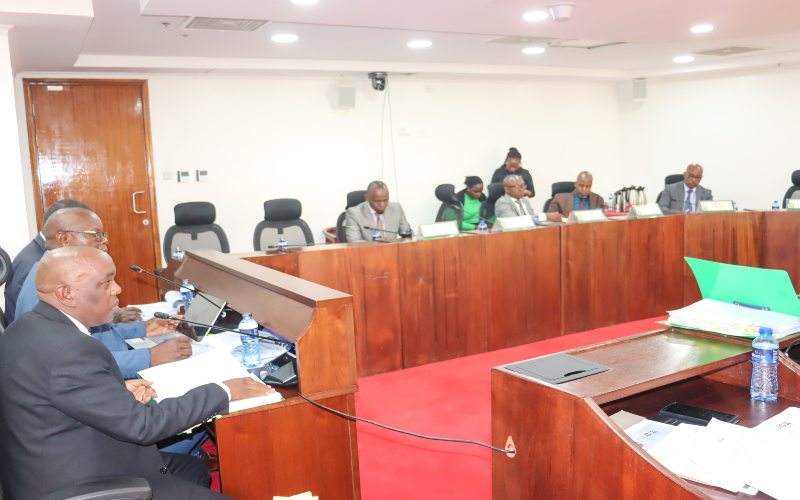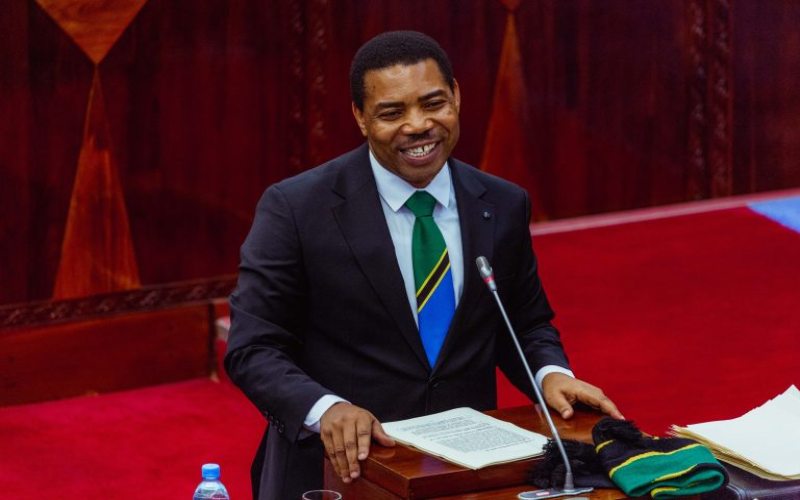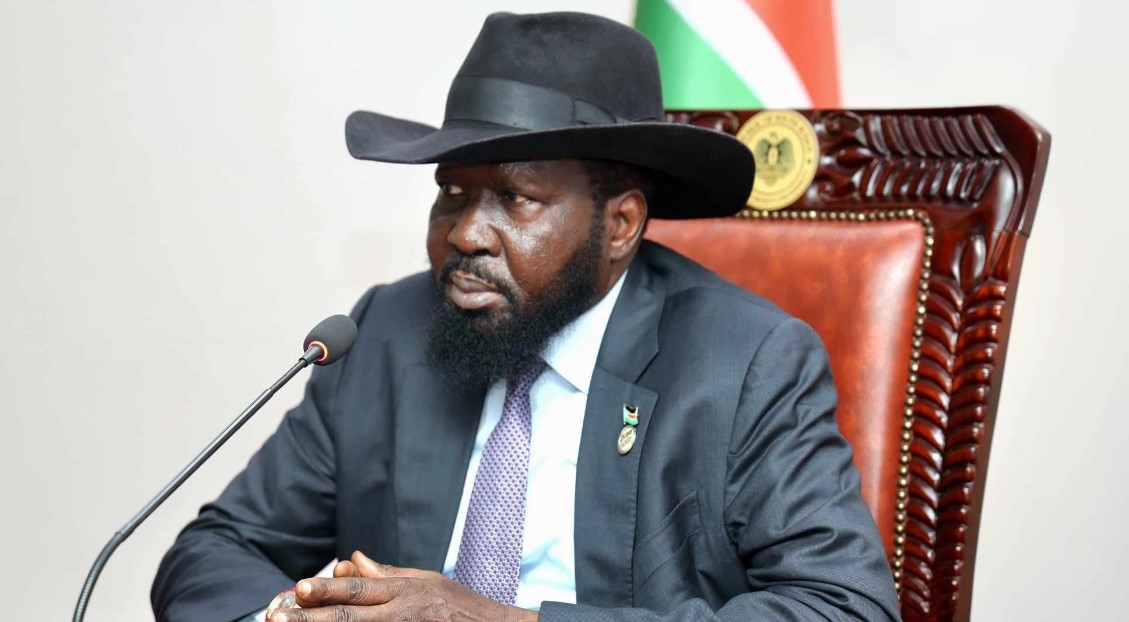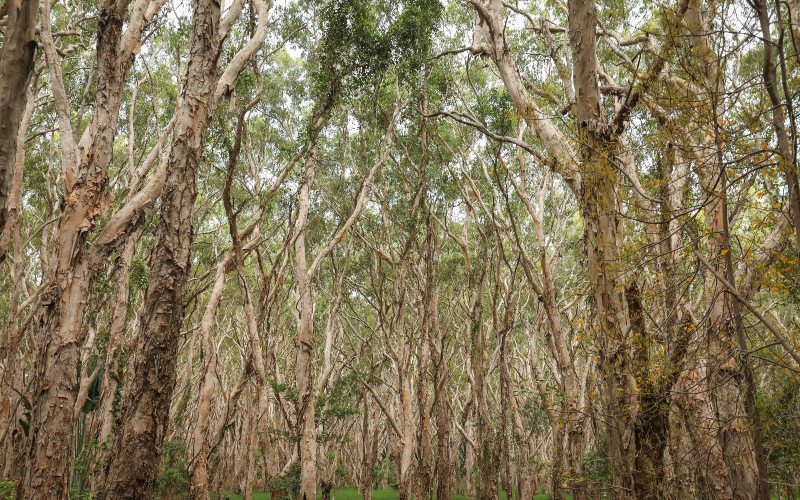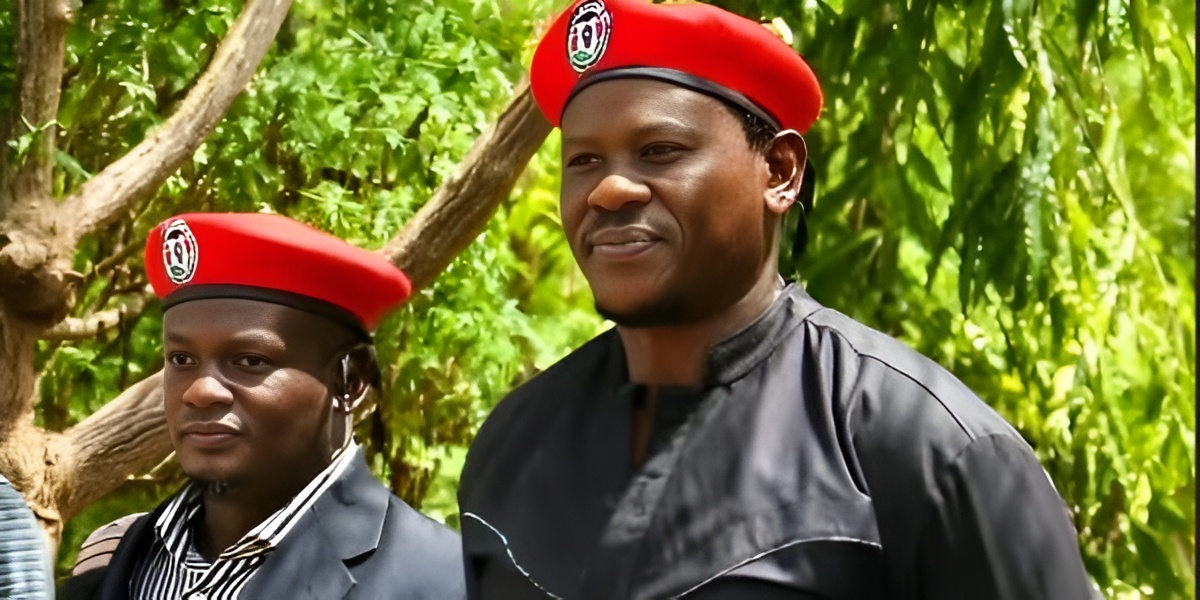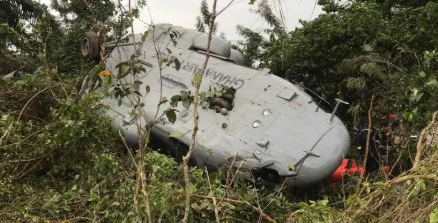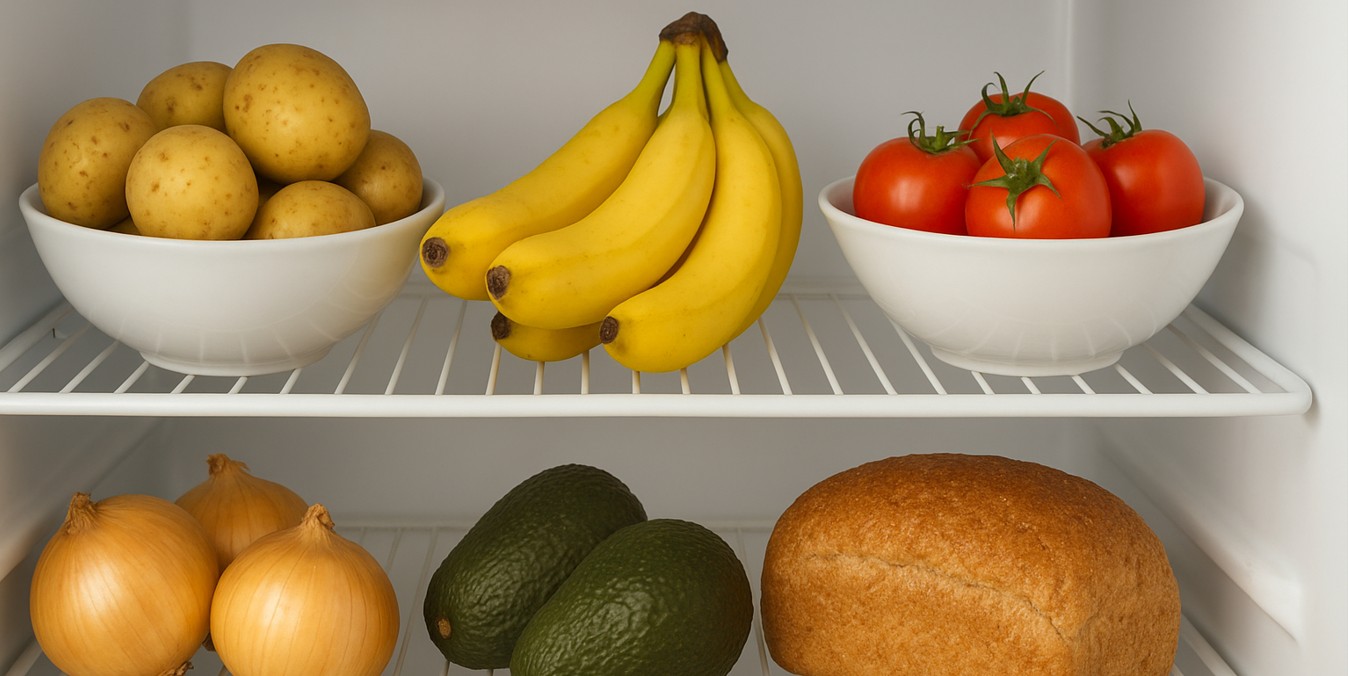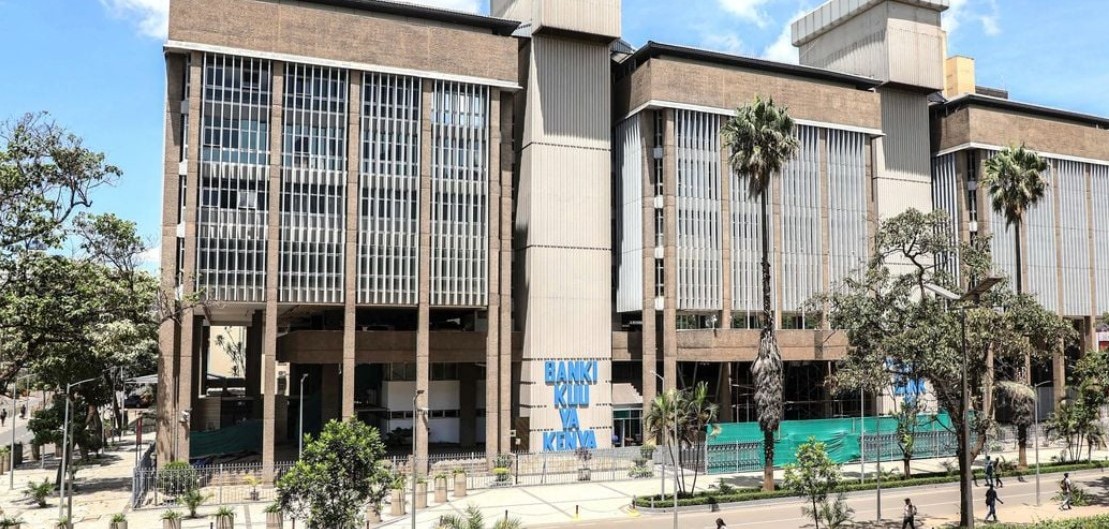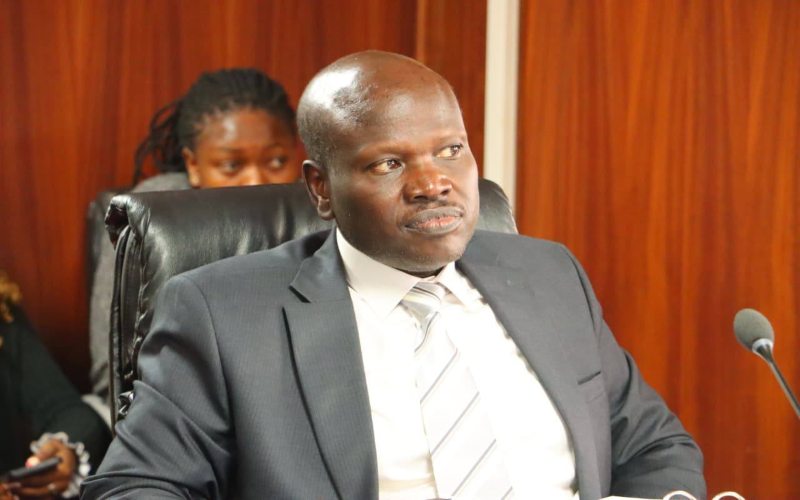Dadaab, Kakuma refugee camps to transition into integrated settlements from November
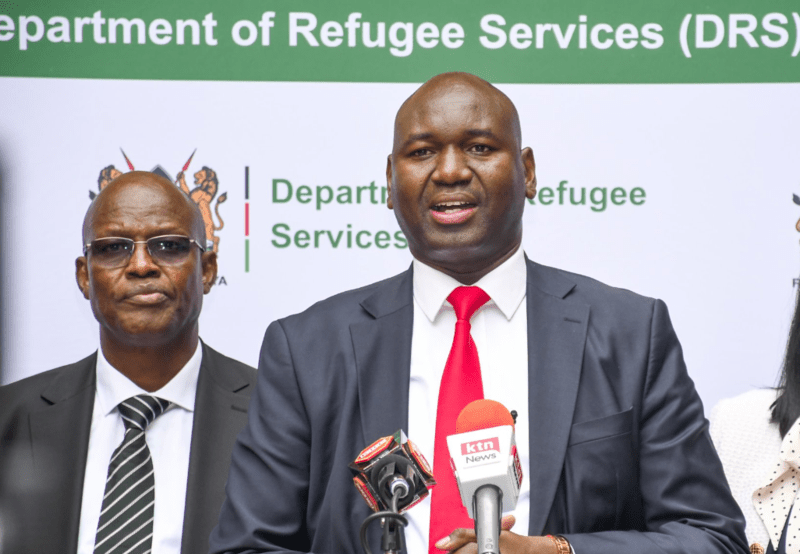
The plan dubbed "Zero Draft" was on Thursday adopted by the inter-ministerial committee tasked with implementing the transition plan subbed Shirika Plan.
The process of transitioning Dadaab and Kakuma refugee camps into integrated settlements will officially start in November this year after the cabinet approved a proposed plan to guide the four-year process.
The transition process follows a shift in policy that will see the government adopt a development approach to refugee management in the country, putting an end to an over three decades-long reliance on humanitarian aid.
More To Read
- Refugee youth rewrite their future through film in Dadaab
- Garissa Governor Nathif Jama sounds alarm over Dadaab crisis at IGAD conference
- From camps to commerce: Refugee entrepreneurs shine at Kakuma trade fair
- Legal illiteracy fuels conflict and injustice in Turkana, summit reveals
- One dead, two officers injured as protests rock Kakuma refugee camp
- Refugees to gain access to mobile, banking services under new regulations
The plan dubbed "Zero Draft" was on Thursday adopted by the inter-ministerial committee tasked with implementing the transition plan subbed Shirika Plan.
The meeting which coincided with the World Refugee Day that celebrates the strength and courage of people who have been forced to flee their home country to escape conflict or persecution, set the stage for more stakeholder validation ahead of the draft's approval by cabinet and launch on November 1.
According to the draft, the plan will be phased out into three batches of four years each with the initial phase dubbed the transition period running between 2024 to 2027, followed by four years of stabilization (2028-2031) and the final phase of resilience (2032-2035).
"The first four-year transition phase is expected to cost USD 943 million. It includes enabling regulatory and policy regime, transitioning the camps into municipalities and the inclusion of refugees into Kenya's national systems and local services and supporting economic development plans in Turkana and Garissa, the counties where the refugee camps are located," the brief explains.
During World Refugee Day I hosted Gov Lomorukai (Turkana), DG Njoroge (Nairobi), DG Abdi (Garissa), UNHCR & PSs who are members of the Shirika Plan Steering committee to an appraisal forum on the implementation of the proposed integration of refugees among host communities . pic.twitter.com/BY6lBOXlTO
— Julius Kibet Bitok (@JuliusKBitok) June 20, 2024
Immigration Principal Secretary Julius Bitok said they will get the funds from the private sector, government(s), different partners and donors.
"This money will not only be channelled through the government, but part of it will also be channeled directly through international NGOs, county governments, Ministries and state departments e.g. through the Ministry of Lands' Kenya Urban Support Programme (KUSP) II that is financed by the World Bank," he explained.
Already, Garissa and Turkana counties have gazetted Dadaab and Kakuma as municipalities as part of the building blocks towards the larger Shirika Plan. These two municipalities will benefit from the World Bank financing under the KUSP.
"We believe they will be very vibrant municipalities because there is a lot of talent, skill and innovation amongst these refugees. We are engaging all stakeholders in the development of this plan including; members of parliament, the governors, host communities, the refugees themselves even in terms of security management to ensure that these integrated settlements are as secure as possible," added the PS.
Turkana Governor Jeremiah Ekamais Lomorukai Napotikan noted that while security challenges exist when dealing with refugees, the government has beefed up security in refugee areas such as his county where currently over 298,000 refugees reside, a number higher than the local population.
"Turkana has harboured some of the largest refugee populations in the country over the last three decades, which means it is a county that wants to make them get a place out of their own countries. We welcome the Shirika Plan because it will entail how both the host communities and refugees will benefit from even the USD 943 Million. After all, there should be some imperative balance when it comes to resource sharing in terms of employment and many other things," said the Governor.
Preparations for the transition plan have been in progress over the last one and a half years.
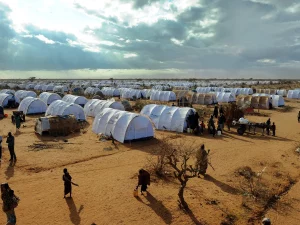 Daadab Refugee Camp in Turkana County. (Photo: UNHCR)
Daadab Refugee Camp in Turkana County. (Photo: UNHCR)Daadab Refugee Camp in Turkana County. (Photo: UNHCR)
In April, Parliament approved the new Refugee Regulations (2024), paving the way for the full implementation of the Refugee Act 2021 that will guide the implementation of the government's Shirika Plan.
The regulations spell out the details of the process of refugees' registration, designated areas of residence and movement, restrictions of persons entering a designated area and the process involved in seeking repatriation back home amongst others.
Once complete, the refugees are expected to live in harmony with the host communities in Garissa and Turkana counties and access similar opportunities.
Steve Jackson, the UN resident coordinator, Kenya said the Shirika Plan presents a sustainable solution to refugees' management.
"We stand in solidarity with the 120 million people worldwide who have been violently and forcibly displaced from their homes as refugees, asylum seekers and other migrants. We remember them and honour the generosity of countries like Kenya who for decades in partnership with the international community have hosted millions of those refugees," he said.
He spoke during the meeting also attended by the UNHCR Kenya Representative Caroline Van Buren, Internal Security Permanent Secretary Raymond Omollo, Commissioner for Refugee Affairs John Burugu, Garissa Deputy Governor Abdi Dagane and Nairobi Deputy Governor James Njoroge Muchiri.
Top Stories Today


